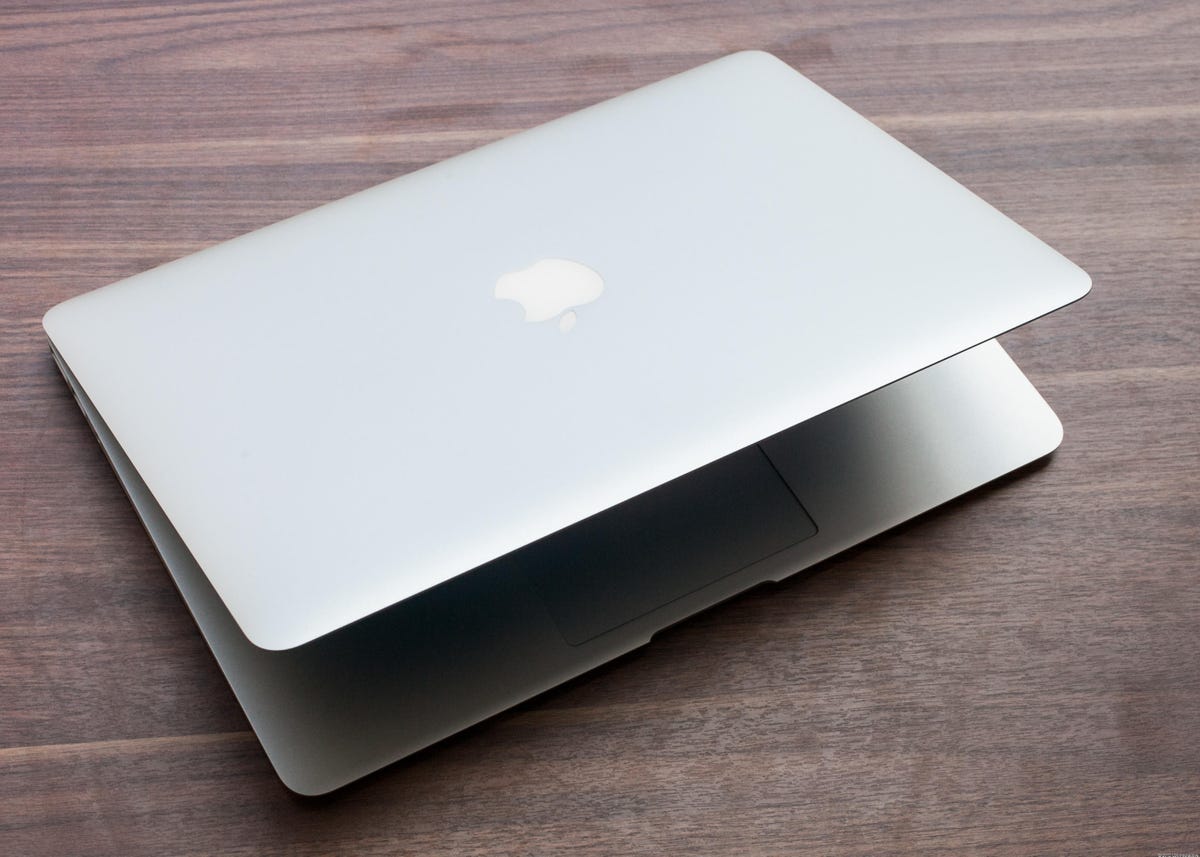
Apple MacBook Air (13-inch, 2014)
Battery life remains a big selling point, and when you consider the cost of the base model has come down from $1,200 to $1,000 in two years, the 13-inch MacBook Air is, despite not being the newest design on the block, still one of the most universally useful laptops you can buy.
Microsoft Surface Pro 3
With the new Surface Pro 3 from Microsoft, the software powerhouse (and sometimes hardware maker) says it finally has the single grand unified device that will satisfy both the creation and consumption instincts equally. You'll feel just as at home watching a movie or reading a book as you will editing video footage or writing your novel.
Toshiba Chromebook
If you buy into the Chromebook argument, that of a system living 90-plus percent of its useful life online, running Web-based in-browser apps and using cloud-based storage, then the Toshiba Chromebook offers a bigger screen and a bit more functionality than rock-bottom 11-inch versions, for only a little more money.
Razer Blade 14 (14-inch, 2014)
A sleek gaming laptop that doesn't look like it belongs in a dorm room, the new Razer Blade 14 includes a stunning 3,200x1,800 touchscreen, along with an Intel Core i7 CPU and Nvidia GeForce 870M GPU, all in a slim, lightweight package.
Toshiba Satellite P55t
This 15.6-inch clamshell features a 3,840x2,160 native resolution, the same found on the current generation of big screen 4K televisions, which should be of great interest to film, video, and photography students.
Apple iMac (21.5-inch, 2014)
This new, lower-cost iMac is basically a 13-inch MacBook Air in desktop form. If that level of performance works for you, great. If not, the extra money for the next model up would pay off as a long-term investment.
Lenovo Yoga 2 (13-inch)
With its 360-degree flip-and-fold body, you get the look and feel of a regular thin-and-light laptop, but with the added flexibility to use it as a tablet just by folding the screen back. This less-expensive version of the second-gen Yoga hybrid is a bit thicker than the Pro model, and tops out at a still-fine 1080p screen.


